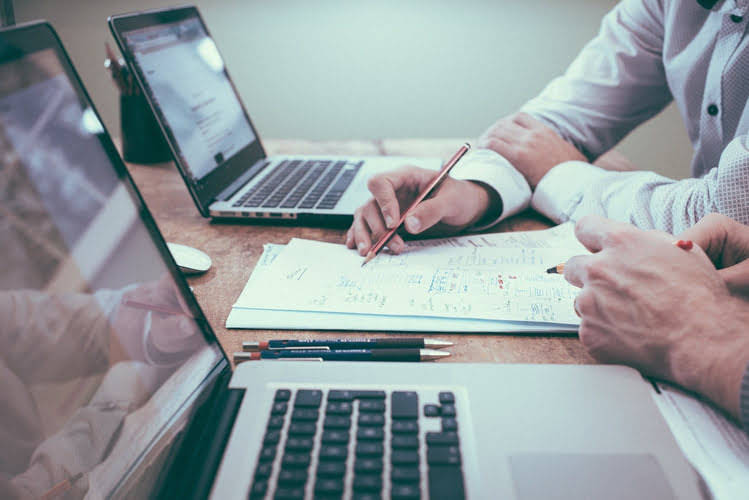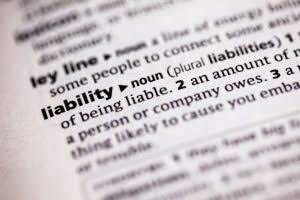
Typically, when the customer creates the invoice, they send it to the supplier along with payment. Self-billing is prevalent in industries such as construction, where the value of goods may not be determined until they’re actually used or sold. There are multiple ways to quickly import your invoices into BILL and create an e-BILL. To help with the standardization and security of electronic billing, there is a general set of industry standards for coding electronic bills. These standards are set by the National Electronic Payments Association, or NACHA.

Related Articles:

It reduces the administrative burden on the supplier while ensuring that invoices match the customer’s own systems and standards. Ultimately, this can facilitate faster processing and payment between two parties that do Accounting for Churches business frequently and have a high level of mutual trust. Customers can view, manage and pay their bills conveniently through their bank’s website or app. This system simplifies bill management for consumers by centralizing the bill payment processes.

Efficiency, Time Savings, and Error Reduction
Calling customers to remind them to pay their bills is time-consuming and can be awkward, but with an automatic reminder, AR teams won’t even have to think about making a call in most cases. To set up electronic billing, contact your bank and credit card issuers to learn about the online billing options they provide. Inquire about the fees involved, such as transaction costs and monthly minimums. You can also set up autopay for automated bill payments; the process may vary by provider.
No Time to Read?
- E-bills make it easy for accounting personnel to balance and reconcile the books and for customer service representatives to access electronic records and resolve issues.
- As more customers use mobile devices to access their bills and make payments, it’s important to ensure that e-billing systems are optimized for mobile use.
- Leveraging a software such as Eftsure ensures all account numbers are fact-checked in minutes before payments are processed, to ensure you pay the right people every time.
- It is good to get the most sophisticated software however there is no point if you are not going to use all the features.
- It is the process of managing bills online, including bill creation, making payments, and receiving payments.
- This system eliminates the need for paper-based bills, checks, and invoices, making the process more efficient, secure, and environmentally friendly.
The delivery of e-Bills can take place via email, portal, file transfer, or direct data transmission and can be automated. Bill notifications can be sent through SMS, email, social media, or other methods to notify recipients that their Certified Public Accountant e-Bill is now available via a secure web gateway. Today, individuals are becoming accustomed to paying bills electronically. This is true in the B2B space as well, as companies realize the efficiency it brings. The best systems are also capable of integrating fully with existing accounting software systems to make the process even more streamlined. Billing and invoicing systems often integrate directly with payment platforms, banking systems, and ERP or accounting systems, furthering the ability to keep a clean, organized system of record.
General requirements for eBilling
As a result, instead of logging into each institution’s app, customers can log into their aggregator’s interface and pay more billers through the same app. Customers can visit the biller’s website, an online portal, legal e-billing or receive the eBill via email with a bill-direct option. Whatever software or system you use for eBilling, ensure it provides a good overview of the necessary data and integrates with the required software.
- In cases where companies still use and process paper bills, an ‘e-Bill’ might simply be a scanned and digitized version of the paper bill in a PDF format.
- For self-billing to work, the buyer must commit to creating an accurate invoice for all transactions.
- The CBO estimated that repealing the WEP would increase Social Security benefits for affected it by $360 a month on average at first, rising to an estimated $460 a month in 2033.
- Self-billing is sometimes used to expedite the AP process because it reduces the time that the payer must wait for the supplier to generate the bill.
- Billers may also implement more than one model in order to best serve their clients.
- Paper and printer use is eliminated, contributing to the environmental goal within ESG and saving money.
- Businesses are attempting to automate tedious manual tasks to improve productivity and free up trained employees to focus on more strategic tasks.
